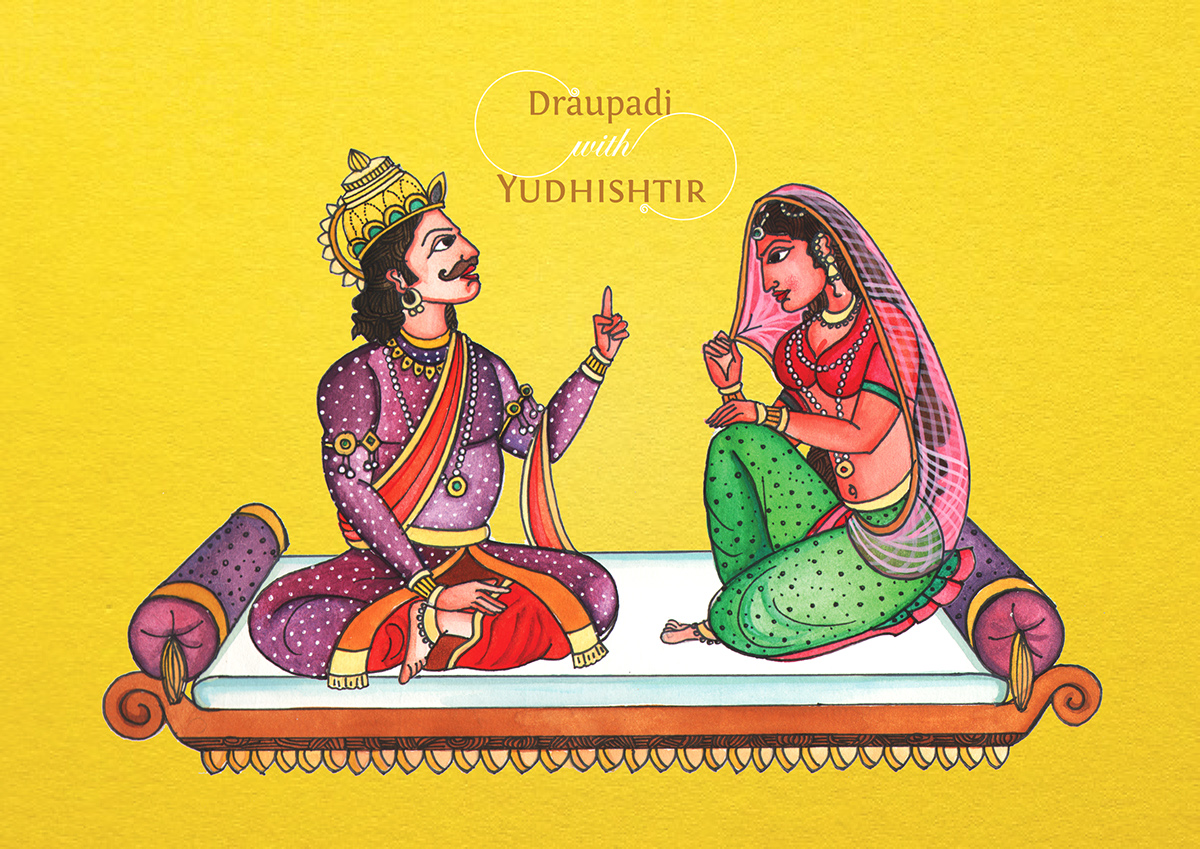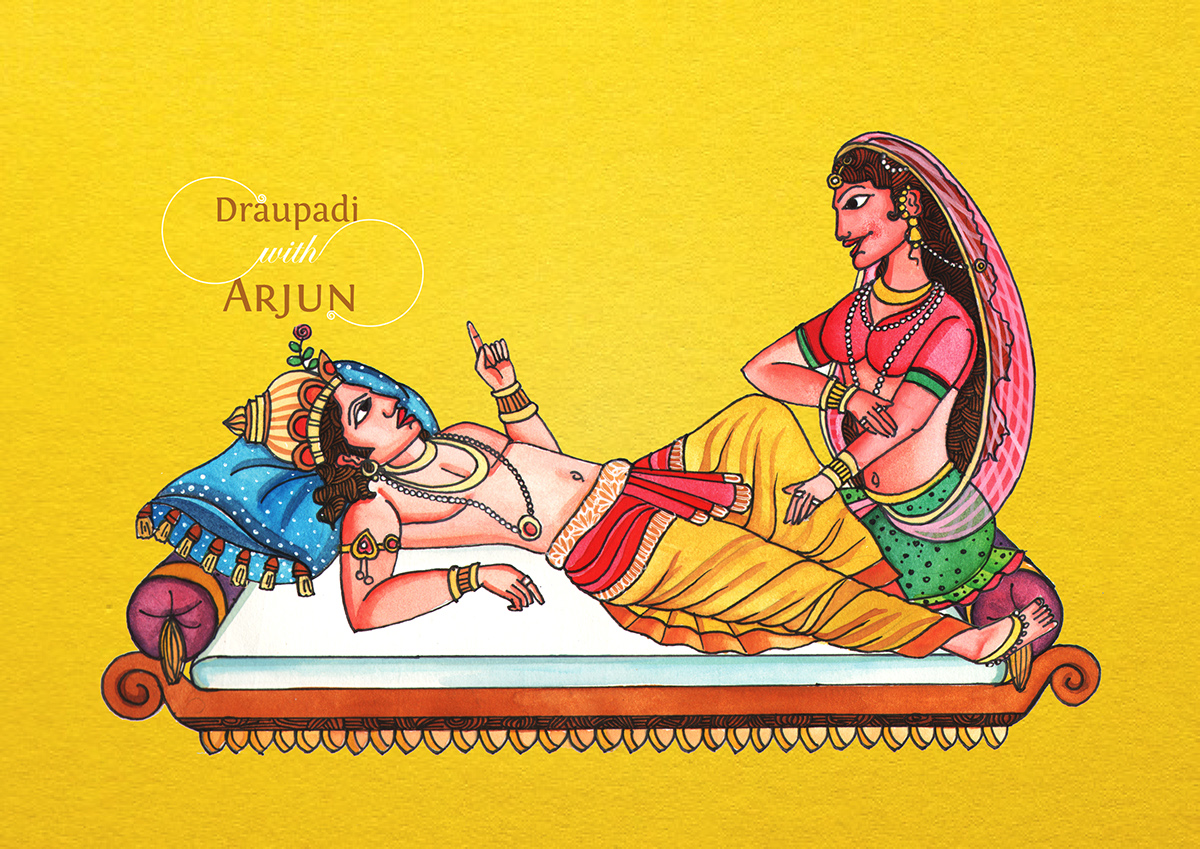We were supposed to represent the Gestalt Laws through any metaphor
that does not involve the standard circles and triangles.
I decided to explain the Laws of Gestalt through Authors & their writing styles.
1. Dan Brown's Law of Continuity:
Gestalt's Law of Continuity states that if there are obstructions amidst a continuous, aligned form, it still be seen as continuous.
Now Dan Brown maintains one continuous narrative throughout - that of his protagonist (Robert Langdon, mostly), but cuts it with intervening chapters in between - chapters as seen from the point of view of other characters. And yet you can still follow Robert's story as one, continuous plot. Law of Continuity.

2. J.K.Rowling's Law of Proximity:
The Gestalt Law of Proximity states that if objects are close together, they will be perceived as a group versus objects that are far away.
The Harry Potter stories are one of the best examples of books where there are clean-cut good and evil groups. Of course, characters like Snape and Draco dangle somewhere in between, but for the most part, the Order of Phoenix stays together and is perceived as one group (THE GOOD SIDE), and the Death Eaters stick together and are perceived as another group (THE SMELLY AND EVIL SIDE).

The one below is one of my favourites.
3. Chitra Divakaruni's Law of Closure:
The Gestalt Law of Closure states that your mind will perceive a whole shape even if all you see are just parts of it, aligned properly. Your mind fills in the gaps.
Now, Chitra Divakaruni's wonderful book The Palace of Illusions is a retelling of The Mahabharata through the eyes of Draupadi. All she gives throughout the book are just snippets of the great tale - Draupadi's life with each of her 5 husbands - but you still connect the dots in your mind and see the entire plot of Mahabharata.
The artwork below depicts Draupadi with each of her 5 husbands:

I made these illustrations inspired by the famous Indian miniature style of painting, using water colours. Chitra writes about what Draupadi felt about each of her husbands:
Draupadi with Yudhishtir
Draupadi never really liked Yudhishtir. She found him - quite honestly - boring, and overtly righteous. She was very formal with him - fulfilling the duties of an ideal wife, but never quite giving her heart.

Draupadi with Bhim
Bhim was madly in love with her - and that's why he was the one who killed Duryodhana at the end, avenging Draupadi's trauma. Draupadi humoured a besotted Bhim at times, smiling at the ways he tried to impress her.

Draupadi with Arjun
Arjun was the one she was most attracted to. In her mind, he was her true husband - since he was the one who won her hand, and his angelic looks and archer's acumen helped. But no, it wasn't love. You should read the book. You'll be surprised.

Draupadi with Nakul & Sahdev
Nakul and Sahdev were more her friends than husbands. Nakul, with his love for horses and the outdoors used to come back to the palace and regale her with stories of the wild, and Sahdev, the docile yet truely the most handsome one of the lot, used to talk to her for hours about the amazing healing properties of certain medicinal herbs.


4. Sydney Sheldon's Law of Similarity
The Gestalt Law of Similarity states that elements placed in an assortment of objects, if similar, will be grouped together in the mind.
If you've read more than 3 Sydney Sheldon books, you'll know they are all pretty similar. They have similar plotlines - rich, beautiful woman with a dark past meets tragedy, similar characters, and even similar descriptions of love scenes. So though they have different names and different heroines, you can throw all of them together in the same net.

I used the pop-art technique because it also deals with repetition and caters to mass-liking like Sydney's books do. I used Penelope Cruz's image because she embodies the typical passionate, violent and sensuous woman who usually features in a Sydney Sheldon book and Jake Gyllenhaal, because with his brooding demenour and powerful physique, he could as well be Sydney's stock male character.


